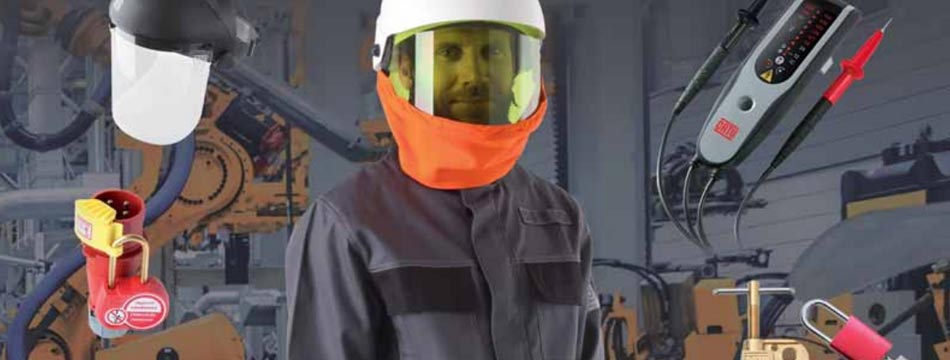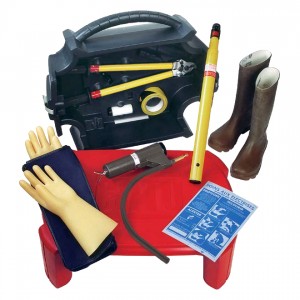
Each year about 1000 accidents at work involving electric shocks or burns are reported to the Health and Safety Executive (HSE). Around 30 of these are fatal, most of them arising from contact with overhead or underground power cables.
Those most at risk include maintenance staff, those working with electrical plant, equipment and machinery, and people working in harsh environments such as construction sites.
“When working with high voltage, it is important to make sure that tools are fully insulated and cannot conduct electricity,” advises Barry Atkins, managing director of PASS Ltd.
“The requirement for insulated tools is covered by IEC 60900 Live Working Hand Tools, which applies to insulated hand tools used for working live or close to live parts.”
Most electrical accidents occur because individuals are working on or near equipment which is thought to be dead but which is in fact live, are working on or near equipment which is known to be live but where those involved are without adequate training or appropriate equipment, or they have not taken adequate precautions against equipment misuse or use electrical equipment which they know to be faulty.
Atkins adds: “Anyone who works in an energised environment of 50V or more relative to earth needs insulated tools, including electricians, HVAC technicians, cable television installers, building and plant maintenance engineers, and utility workers.
“There is a legal obligation on all persons who may be concerned with the operation of, or who work on, the electrical equipment to conduct their work so as to prevent danger or injury to themselves and/or others.”
IEC 60900: 2004, the current version of the standard, covers dimensions, guards and test procedures to insure that tools protect users from incidental contact with electricity. Required markings for insulated tools include manufacturer’s name or trademark, manufacturer’s part number, year of manufacture and AC voltage rating up to 1000V AC.
Specialist high voltage equipment is designed to facilitate testing dangerous high voltage systems safe. Devices can be used to verify the status of overhead and other high voltage lines. Live line testers can be used on switchgear and substations.
High voltage insulation requirement applies to ladders, saws and knives, screwdrivers, snips, pliers and cutters, spanners, sockets and tool kits. A metal ladder will conduct electricity so insulated ladders are designed to resist electrical voltage up to 30kV and ensure worker safety in high voltage systems.
A complete tool kit may contain a face shield, gloves, insulation mat, voltage detector, insulating caps and insulating blanket with wood clamps, together with line protectors, insulating tape, stripping knife, cable cutter and spanners.
For further information visit PASS Ltd’s dedicated insulated tools page.


